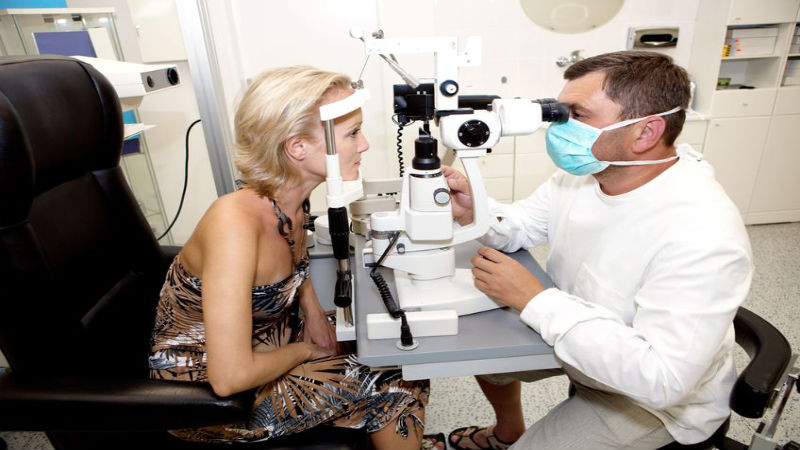Carotid artery disease is also known as carotid artery stenosis and the term refers to the narrowing of the carotid arteries. This condition is typically caused by the buildup of cholesterol deposits and fatty substances, also known as plaque. Carotid artery occlusion refers to the artery being completely blocked. When your carotid arteries are obstructed, you are at an increased risk for having a stroke, which is the third leading cause of death in the U.S.
How it Happens
Carotid arteries can develop atherosclerosis in much the same way your other arteries can, and this hardening of the arteries inside the vessels is a serious problem. Over time, the buildup of fatty substances and cholesterol begins to narrow the carotid arteries, causing carotid artery disease. In turn, this causes blood flow to the brain to lessen and the risk of a stroke to rise.
A stroke is similar to a heart attack and it occurs when the flow of blood to the brain is hampered in any way. If the lack of blood flow lasts more than three to six hours, the damage is usually permanent and can cause loss of muscle control, speech, memory, and more. Strokes can result from a number of other conditions, such as a sudden bleed in the brain.
Risk Factors
While anyone can suddenly learn that he or she has carotid artery disease, there are some that are more likely to have it than others. For example, aging increases your risk over time, while smoking is a habit that can cause the disease in an otherwise healthy person. Other factors such as insulin resistance, diabetes, obesity, and hypertension will also increase your overall chances of developing the disease. Even a sedentary lifestyle puts you at risk, meaning that simply going outside and spending an hour or two walking can help to reduce your chance of developing the disease. Visit veincenterla.com to learn more about options that may help you reduce your risks or treat the problem. You can also follow them on Twitter for more updates.

